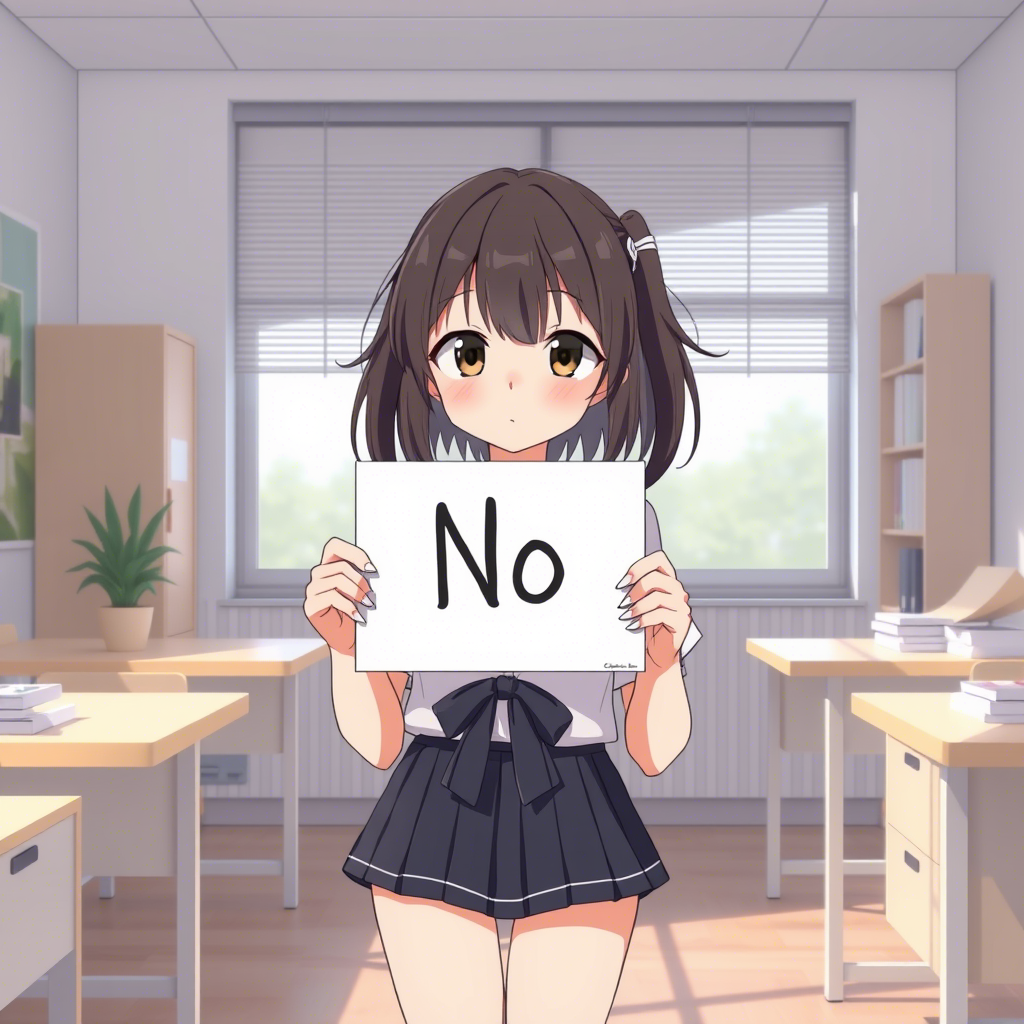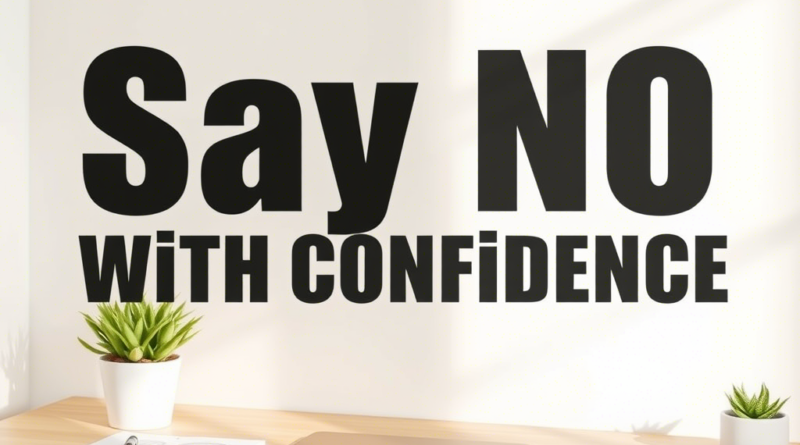How to Master the Art of Saying No Without Feeling Guilty works 100%
Have you ever found urself overwhelmed by commitments becs you just couldn’t bring yourself to say “no”? If so you’re not alone.
Many of us struggle with setting boundaries fear that saying no might make us seem rude or selfish or maybe unhelpful. But here’s the thing saying no isn’t about shutting people out it’s about creating space for what you truly want and what matters to u in ur life.
in this blog post inspired by a thought-provoking YouTube video I recently watched I want to share some practical tips on how to say no confidently and gracefully without feeling guilty.
The Struggle Is Real

Let’s start with an honest confession saying no is hard.
Whether it’s a coworker asking for help on a projector a friend inviting you to an event you don’t feel like attending or even family members expecting more from you than you can give declining someone’s request often feels uncomfortable.
Why? Because we care about what others think of us We worry that saying no will damage relationships or paint us as unreliable.
But here’s the truth
constantly saying yes when you really mean no leads to burnout resentment and missed opportunities to focus on your priorities. It’s unsustainable.
As the speaker in the video eloquently puts it, “Saying yes to everything means saying no to yourself.”
Why Saying No Is Necessary
The video dives deep into why setting boundaries is important for personal growth and wellbeing. Here are a few key takeaways:
- Protect Your Time and Energy
Every time you say yes to something trivial you’re actually sacrificing time and energy that could have been spent on things that align with your goals and values. Saying no allows you to protect these precious resources. - Build Authentic Relationships
People respect honesty. When you communicate your limits clearly, you foster trust and authenticity in your relationships. Pretending to be okay with something when you’re not only breeds frustration down the line. - Empower Yourself
Saying no gives you control over your life. Instead of letting external demands dictate your schedule, you get to decide where your attention goes. That sense of agency is empowering.
Practical Tips for Saying No Gracefully

Now comes the tricky part: how do you actually say no without offending anyone? The video offers several actionable strategies that struck a chord with me. Here’s my take on them:
1. Be Honest, Not Apologetic
You don’t need to over-explain or apologize profusely when turning someone down A simple, direct response works best. For example:
- Instead of: “I’m so sorry, but I can’t possibly commit to this right now…”
- Try: “Thank you for thinking of me, but I won’t be able to participate this time.”
Honesty builds respect, while excessive apologies can come across as insincere.
2. Use Positive Language
Frame your refusal positively to soften the blow. Acknowledge the other person’s needs before stating your own. For instance:
- “That sounds like such an exciting opportunity, but unfortunately, I have other commitments at the moment.”
This approach shows empathy while still asserting your boundary.
3. Offer Alternatives (If Possible)
Sometimes, saying no doesn’t mean abandoning the person entirely. Offering an alternative solution demonstrates goodwill. For example:
- “I can’t attend the meeting tomorrow, but I’d be happy to review the notes afterward.”
Small gestures like this can go a long way in maintaining goodwill.
4. Practice Delayed Responses
If you’re unsure how to respond in the heat of the moment, it’s perfectly fine to ask for time to think. This prevents impulsive decisions and gives you space to reflect. You might say:
- “Let me check my schedule and get back to you.”
Taking a breather helps you respond thoughtfully rather than emotionally.
My Personal Takeaway
The most powerful moment in the video was when the speaker made the point that saying no is not negative it’s self-care. I had equated saying no with being mean or uncooperative for years.
This video made me understand that taking care of my mental health and my goals is not selfish it’s imperative. I’ve begun to practice these skills in my life since then, and the outcomes have been revolutionary. I am lighter, less tense, and more connected to my actual priorities.
Final Thoughts
Saying no is an art, and as an art, it is something to be practiced. Begin with baby steps, kindly forgive yourself, and keep in mind that enforcing boundaries is indicative of strength rather than weakness.
So the next time someone requests something of you, take a moment and ask yourself: Does this fit with my priorities? Will it benefit my life? If the answer is no, then don’t be afraid to say no. Your future self will appreciate it.
What’s your biggest challenge when it comes to saying no? Share your thoughts in the comments
—I’d love to hear your perspective!
know about your dreams

